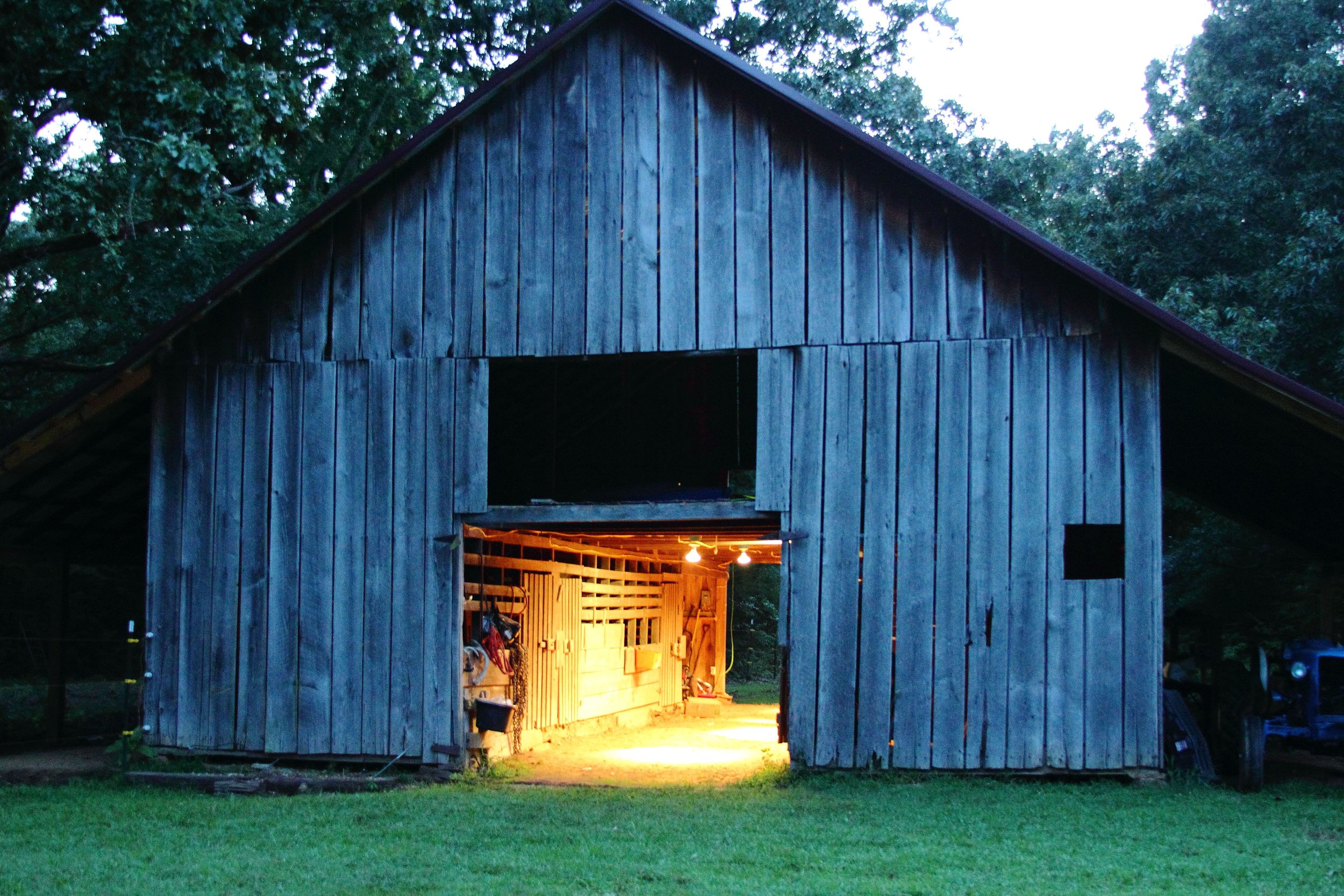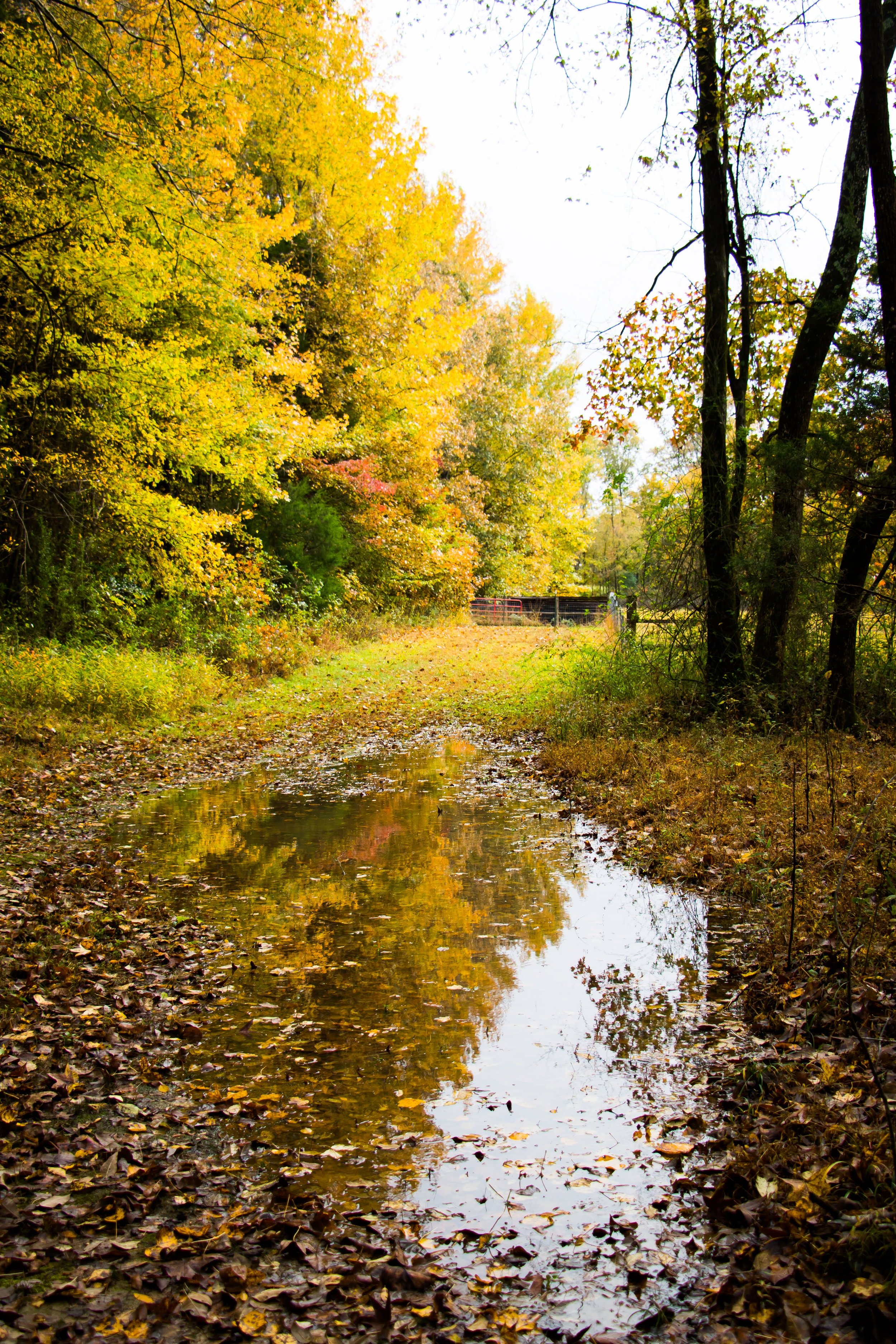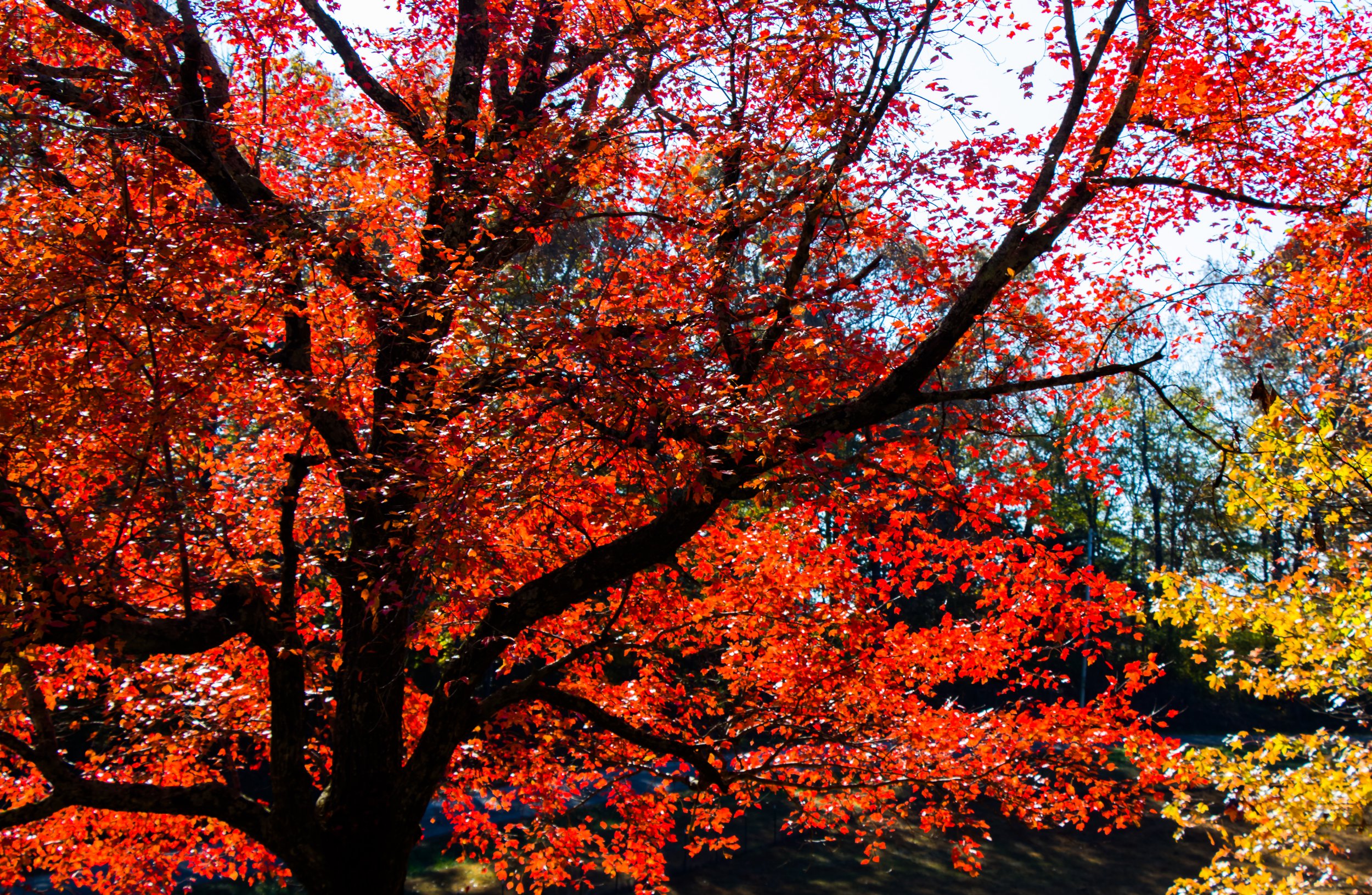Farm Photography (1)
Our online presence, both through our website and social media, requires a serious approach to farm photography and videography. Our farm photos fall into one of two categories: (1) farm animals, natural flora and fauna, and landscapes; and (2) products. This post will focus on the farm while next week’s post will focus on products.
There are several rules of photography we try to follow for any media we make available to the public.
#1 Anything that can move will move when we are trying to take a picture. Goats, dogs, cats, chickens, birds, insects, or snakes will strike wonderful poses - until we raise our phone or camera to snap that oh-so-perfect image. Everyone single one of them has a sixth sense about photo spoilage or bombing. If you want to take great farm pics, prepare to take dozens of shots with a large degree of patience. (Can you spot the goat who moved?)
#2 If one of our free-range farm dogs is anywhere close by, they will nuzzle us for attention in the exact moment we are taking that once-in-a-year photograph. I cannot relate how many times a behind-the-scenes look at one of my photographs would include a dog licking my face while I’m snapping away.
#3 Light matters. I can shoot photos at any time of day, but the best shots will come early in the morning or within an hour or so of sunset. This is the “golden hour” when the direct light of the sun wanes instead of washing out all color. Whether taking shots of animals, plants, insects, or the farm landscape, avoid midday or afternoon light. There are days when I take a break from regular farm work or soapmaking to grab my camera and simply explore the farm, looking for interesting shots or active critters. (Note the different uses of light below)
#4 When shooting animal portraits, the eyes must be in focus. Other body parts can blur a little in the process of creativity, but the eyes must be clear and sharp. (Note the difference in the two images below)
#5 Shoot close rather than far. Unless photographing a general landscape, I get as close to my animals or plants as possible. We want to see the details of facial expressions or the delicate lines of a flower.
(Compare the photographic interest of the two shots below)
#6 Pay special attention to the background of the photo. Is something or someone lurking back there that will spoil a great pic once I look more closely later? Sometimes we focus so intently on the foreground that we forget to look to the back to see what else is in the frame. (Great shot of Houdini photobombed by another goat’s backside!)
#7 Consider studying a few of the principles of photography such as the rule of thirds, the bokeh effect, and the use of leading lines to create more artistic and interesting photographs. Focusing on photo composition in addition to the subject material will quickly elevate interest in any photograph or video. I never post a photo without some editing, even if it is only cropping an image.
And finally, remember that what is commonplace and everyday for us is a unique view for someone else. You may see nothing special or unique in your farm photos because those images are ones you see every single day. However, they are enormously interesting for someone else who can only dream of living the life we take for granted!
Dr. Kathryn Bush owns and operates Dry Hollow Farm, a working goat and sheep farm in Huntingdon, Tennessee. Together with her husband, Russell, she creates skincare products from their fresh goat milk, grows organic herbs, welcomes visitors to their two cabins on the farm (available for stays through Airbnb), keeps the farm’s on-site soap shop stocked with their handcrafted products, and enjoys working the farm in company with their Great Pyrenees dogs (who work hard guarding the animals). Check out their natural products featuring farm-grown ingredients here, and sign up for the Dry Hollow Farm newsletter to stay in touch and be the first to hear about farm news, events, and new products.












